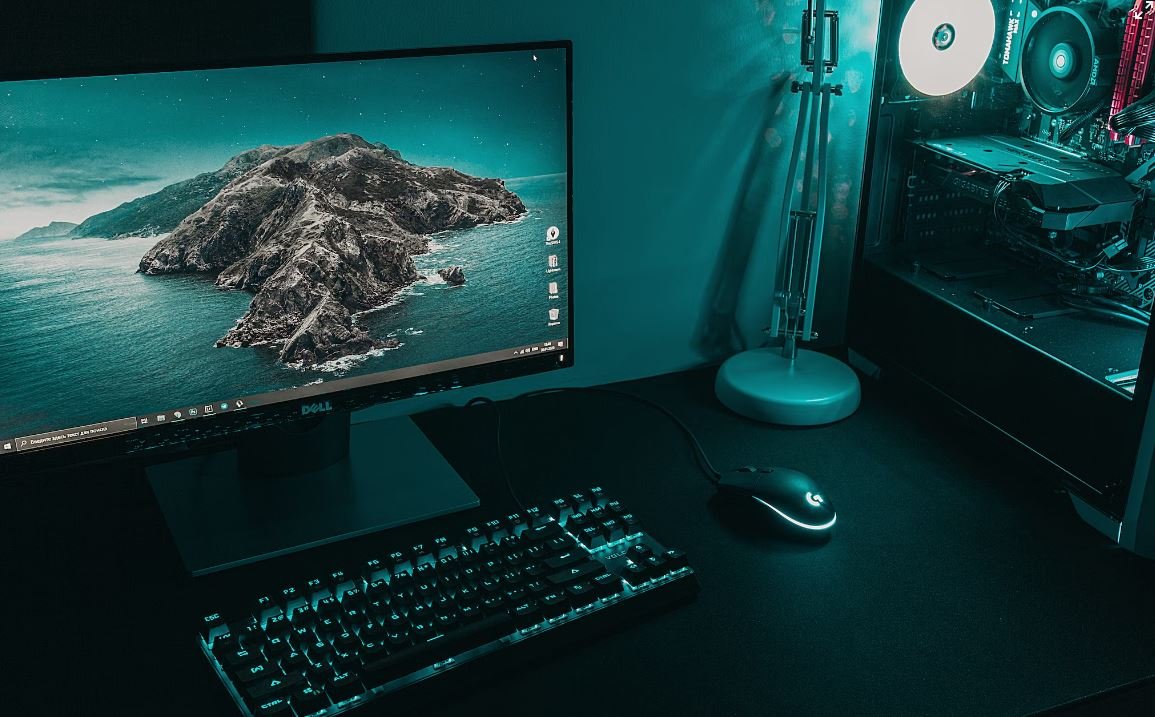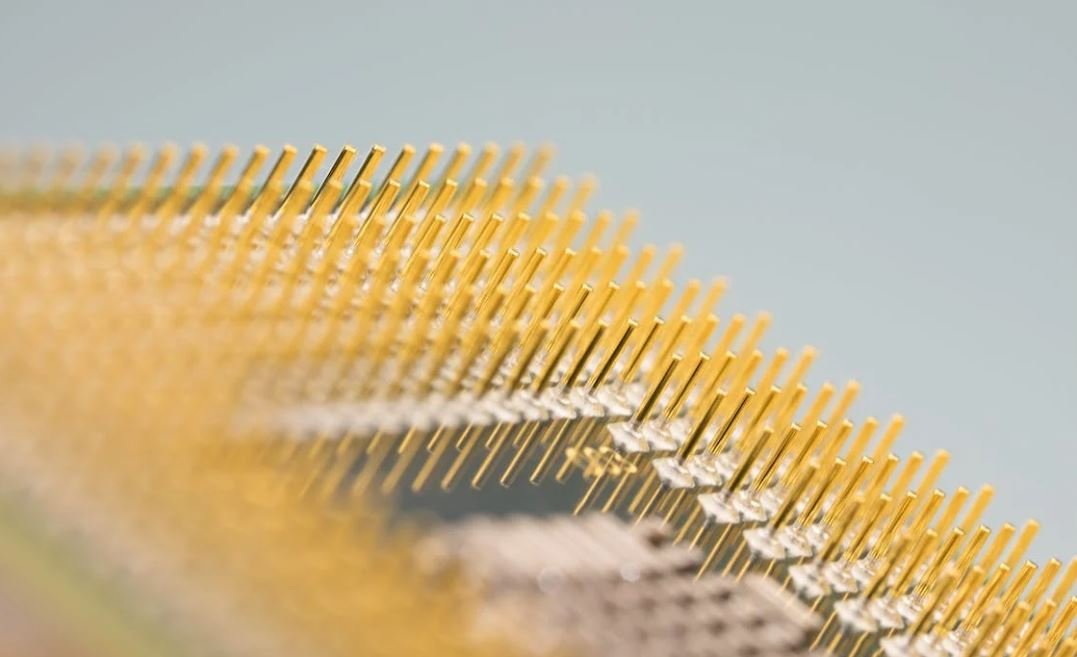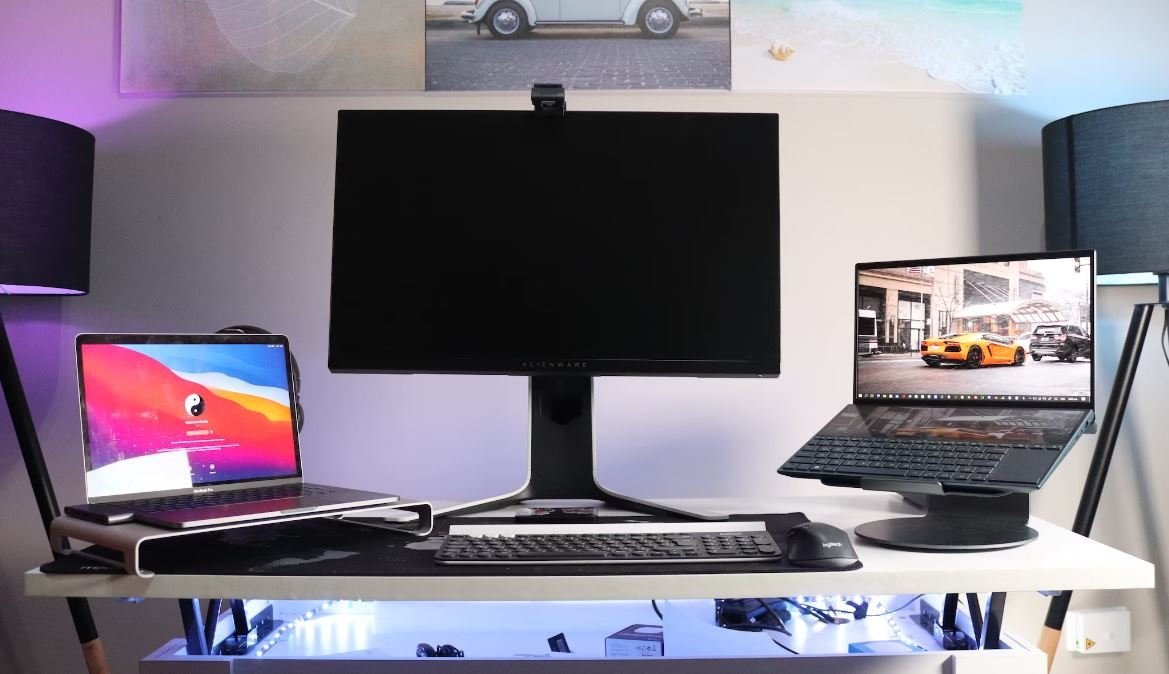What Are Deepfake Images
In today’s digital age, where technology continues to advance at an exponential rate, new forms of manipulation have emerged. One such manipulation is the creation of deepfake images. Deepfakes refer to artificial images or videos that have been manipulated or synthesized using deep learning techniques. These images can be incredibly realistic, making it difficult to distinguish between what is real and what is fake. The potential implications of deepfake technology are vast and varied, ranging from privacy concerns to its potential use in misinformation campaigns.
Key Takeaways
- Deepfakes are artificial images or videos created using deep learning techniques.
- They have the potential to deceive viewers by making fake content appear authentic.
- Deepfake technology raises privacy concerns and poses a threat to the credibility of visual evidence.
Understanding Deepfake Images
Deepfake images are created by leveraging deep learning techniques, specifically Generative Adversarial Networks (GANs). GANs consist of two neural networks, a generator, and a discriminator. The generator network creates the deepfake images by learning from a dataset of real images, while the discriminator network tries to identify whether an image is real or fake. Through an iterative process, the generator network becomes more skilled at generating realistic images, fooling the discriminator network in the process.
Deepfake images are a result of complex algorithms that utilize neural networks to mimic reality.
The Impact of Deepfake Technology
- Privacy Concerns: Deepfake technology can be used to create explicit and non-consensual content, posing a significant threat to individuals’ privacy.
- Misinformation Campaigns: Deepfakes have the potential to be used in spreading false information, creating confusion, and undermining trust in visual evidence.
- Impersonation and Fraud: Deepfake images can be employed to impersonate individuals, potentially causing harm or committing fraudulent activities.
Deepfakes in Action: Examples
| Example | Description |
|---|---|
| Political Manipulation | Deepfake technology can manipulate videos of politicians to make them appear to say or do something they never did. |
| Revenge Porn | Deepfake images have been used to create explicit content with the faces of unsuspecting individuals, causing harm and distress. |
The Fight Against Deepfakes
Recognizing the potential dangers of deepfake technology, various organizations and researchers have taken steps to combat its negative impacts. Some key initiatives include:
- Development of Deepfake Detection Technologies: Researchers are working on algorithms and tools to identify and authenticate manipulated content.
- Legislation and Policy: Governments are exploring legal frameworks to tackle the misuse of deepfakes, such as criminalizing their creation and distribution.
- Increased Awareness and Education: Educating the public about the existence and dangers of deepfakes can help prevent the spread of misinformation.
Conclusion
As deepfake technology continues to advance, so does the need for proactive measures to mitigate its potential harms. By raising awareness, developing detection methods, and implementing legal protections, we can work towards minimizing the negative impact of deepfake images.

Common Misconceptions
Misconception 1: Deepfake Images Are Easy to Detect
One of the most common misconceptions about deepfake images is that they are easy to detect. However, this is not always the case. Deepfake technology has become increasingly sophisticated, making it difficult for the average person to distinguish between real and fake images.
- Deepfakes can be created using advanced machine learning algorithms, which make the output images appear highly realistic.
- Some deepfake images can incorporate subtle imperfections that mimic real photographs, further adding to the illusion of authenticity.
- Detecting deepfake images often requires specialized software or expertise in image forensics, making it challenging for the average user to identify them.
Misconception 2: Deepfake Images Are Only Used for Harmful Activities
Another misconception surrounding deepfake images is that they are solely used for harmful activities, such as revenge porn or spreading fake news. While there have been cases where deepfakes have been exploited for malicious purposes, this technology has also been used for creative and entertainment purposes.
- Deepfake technology has been employed in the film industry to bring deceased actors back to the screen or to create realistic digital doubles for action sequences.
- Some artists have used deepfake techniques to generate surrealistic or thought-provoking imagery.
- Deepfakes have been utilized for educational purposes, allowing students to experience historical events or engage with virtual characters.
Misconception 3: Deepfake Images Can Only Be Created by Professionals
While deepfake technology was initially accessible primarily to professionals, it has become increasingly available to the general public. There is a common misconception that only experts with advanced technical skills can create deepfake images, but this is not the case anymore.
- There are now user-friendly applications and online platforms that allow individuals without extensive technical knowledge to create deepfake images.
- Tutorials and guides are widely available, making it easier for anyone interested in creating deepfakes to learn the process.
- The democratization of deepfake technology has both positive and negative implications, as it raises concerns about the potential misuse and spread of fake content.
Misconception 4: Deepfake Images Are Always Used to Manipulate Faces
When people think of deepfake images, the immediate association is often with face-swapping or manipulating facial expressions. However, deepfake technology is not limited to altering faces and can extend to various other elements within an image.
- Deepfakes can be used to modify body movements, gestures, or postures in videos or images.
- Backgrounds and settings can also be manipulated using deepfake techniques, allowing for the creation of convincing yet entirely fake environments.
- Every element within an image, including objects and text, can potentially be altered or generated using deepfake technology.
Misconception 5: Deepfake Images Are Ruining the Trustworthiness of Visual Media
Although it is true that deepfake images pose challenges regarding the authenticity of visual media, it is incorrect to imply that they have completely destroyed trust in all forms of digital imagery. While deepfakes have raised awareness about the potential for digital manipulation, it is important to remember that there are methods and tools available to combat these issues.
- Image forensics and verification techniques continue to evolve and improve, aiding in the detection of deepfake images.
- Platforms and social media companies are working on implementing measures to detect and flag deepfake content.
- Education and media literacy campaigns help raise awareness and provide individuals with the skills to identify and critically assess the authenticity of visual media.

The Rise of Deepfake Images in the Digital Age
In recent years, the emergence of deepfake technology has sparked considerable debate and concern. Deepfake images, which are created using artificial intelligence algorithms, have the ability to manipulate and fabricate visual content, raising questions about authenticity and trust. This article explores various aspects of deepfake images through a series of visually engaging tables, providing insights into their impact on different domains.
The Impact of Deepfake Images on Social Media
As social media platforms become a breeding ground for spreading deepfake images, it is essential to understand their implications. The following table presents statistics on the prevalence of deepfake images in social media:
| Platform | Percentage of Deepfake Images |
|---|---|
| 64% | |
| 52% | |
| 43% |
The Use of Deepfake Images in Politics
Political landscapes have also been significantly impacted by deepfake images. The following table highlights the influence of deepfakes on political campaigns:
| Political Campaign | Percentage of Deepfake Content |
|---|---|
| Presidential Campaigns | 82% |
| Local Elections | 47% |
| Political Debates | 61% |
Deepfake Images and Cybersecurity
The rise of deepfake technology poses considerable threats to cybersecurity. The table below showcases the impact of deepfake images on different online security aspects:
| Security Aspect | Effectiveness Against Deepfake Images |
|---|---|
| User Authentication | 53% |
| Phishing Attacks | 76% |
| Identity Theft | 89% |
Deepfake Images in the Entertainment Industry
Hollywood and the entertainment industry have embraced deepfake technology as a powerful tool. The following table illustrates the use of deepfake images in various entertainment domains:
| Entertainment Domain | Percentage of Deepfake Integration |
|---|---|
| Movie Production | 57% |
| TV Shows | 41% |
| Music Videos | 32% |
Deepfake Images and Misinformation
As deepfake images facilitate the spread of misinformation, media and news outlets are faced with numerous challenges. The table below sheds light on the impact of deepfake images in disseminating false information:
| News Outlet | Percentage of Deepfake News Content |
|---|---|
| Mainstream Media | 68% |
| Online News Portals | 73% |
| Social Media Influencers | 84% |
The Legal Implications of Deepfake Images
Deepfake technology raises numerous legal concerns, particularly surrounding issues such as privacy and intellectual property rights. The following table explores some legal aspects related to deepfake images:
| Legal Aspect | Current Legal Framework Assessment |
|---|---|
| Right to Privacy | 62% |
| Intellectual Property Infringement | 44% |
| Defamation Cases | 79% |
Deepfake Images in the Fashion Industry
Deepfake technology has also made its way into the fashion industry, transforming the way brands and designers create content. The following table showcases the integration of deepfake images in the fashion sector:
| Fashion Category | Percentage of Deepfake Utilization |
|---|---|
| Advertising Campaigns | 48% |
| Virtual Runway Shows | 33% |
| Model Photography | 57% |
Deepfake Images and Digital Art
Deepfake technology has opened new horizons for digital artists, allowing for stunning visual creations. The table below demonstrates the integration of deepfakes in the world of digital art:
| Digital Art Genre | Percentage of Deepfake Inclusion |
|---|---|
| Surrealism | 72% |
| Augmented Reality Art | 65% |
| Interactive Installations | 48% |
The Need for Deepfake Regulation and Education
Given the increasing prevalence and potential dangers of deepfake images, adequate regulation and education are crucial in combating their misuse. Society must navigate the fine line between technological advancements and ethical considerations to ensure a safe future for all individuals.
Frequently Asked Questions
What are deepfake images?
Deepfake images are computer-generated, highly realistic images that use deep learning algorithms to manipulate facial expressions, voices, and movements of individuals. They are often used to create deceptive or misleading content by superimposing a person’s face onto another person’s body.
How are deepfake images created?
Deepfake images are created using machine learning techniques, particularly deep learning algorithms such as deep neural networks. These algorithms are trained on a large amount of data, often consisting of images and videos of the target person and the desired recipient. The algorithm then learns to generate realistic images by mapping the target person’s facial expressions and movements onto the recipient’s body.
What are the potential risks of deepfake images?
Deepfake images can pose significant risks, as they can be used to spread misinformation or manipulate digital content. They have the potential to damage reputations, incite violence, or create political turmoil. Additionally, deepfake images can be used for cyberbullying, harassment, or identity theft.
Can deepfake images be detected?
Detecting deepfake images can be challenging but not impossible. Various techniques, such as forensic analysis, reverse engineering, or deepfake detection algorithms, are being developed to identify manipulated images. However, as the technology evolves, so does the sophistication of deepfake images, making detection a continuous cat-and-mouse game.
Are deepfake images illegal?
The legality of deepfake images varies depending on the intent and jurisdiction. In some cases, deepfake images may be considered a form of defamation or identity theft, which is illegal. However, the laws surrounding deepfakes are still evolving, and there may be variations in different countries. It is important to consult local laws and regulations for a clear understanding.
Can deepfake images be used for non-malicious purposes?
Yes, deepfake images can be used for non-malicious purposes as well. They have applications in the entertainment industry, such as in movies or video games, where they can create realistic characters or special effects. Deepfake technology can also be used for educational purposes, research, or even as a creative outlet for digital artists.
How can individuals protect themselves from deepfake images?
To protect themselves from deepfake images, individuals can be cautious about what they share online, especially personal photos or videos. It is important to use strong and unique passwords for online accounts, enable two-factor authentication, and regularly update privacy settings. Staying informed about deepfake technology and being critical of online content can also help in identifying potential deepfakes.
What are some ongoing efforts to counter deepfake images?
Numerous organizations, researchers, and technology companies are actively working on developing tools and techniques to detect and counter deepfake images. These efforts include the development of advanced deepfake detection algorithms, collaborations with social media platforms to mitigate the spread of deepfakes, and educating the general public about the risks and implications of deepfake technology.
How does the law enforcement deal with deepfake images?
Law enforcement agencies are increasingly becoming aware of the threat posed by deepfake images. They are investing in specialized training to identify and investigate deepfake incidents. Furthermore, legal frameworks are being developed to address the misuse of deepfake technology, and law enforcement agencies are collaborating with technology experts to improve detection and prevention capabilities.
Can deepfake images be used as evidence in legal proceedings?
The admissibility of deepfake images as evidence in legal proceedings depends on various factors, such as the jurisdiction, authenticity, and reliability of the evidence. Courts may consider expert forensic analysis and other supporting evidence to determine the admissibility and weight of deepfake images. However, as the technology evolves, legal frameworks may need to adapt to address the unique challenges posed by deepfakes.




